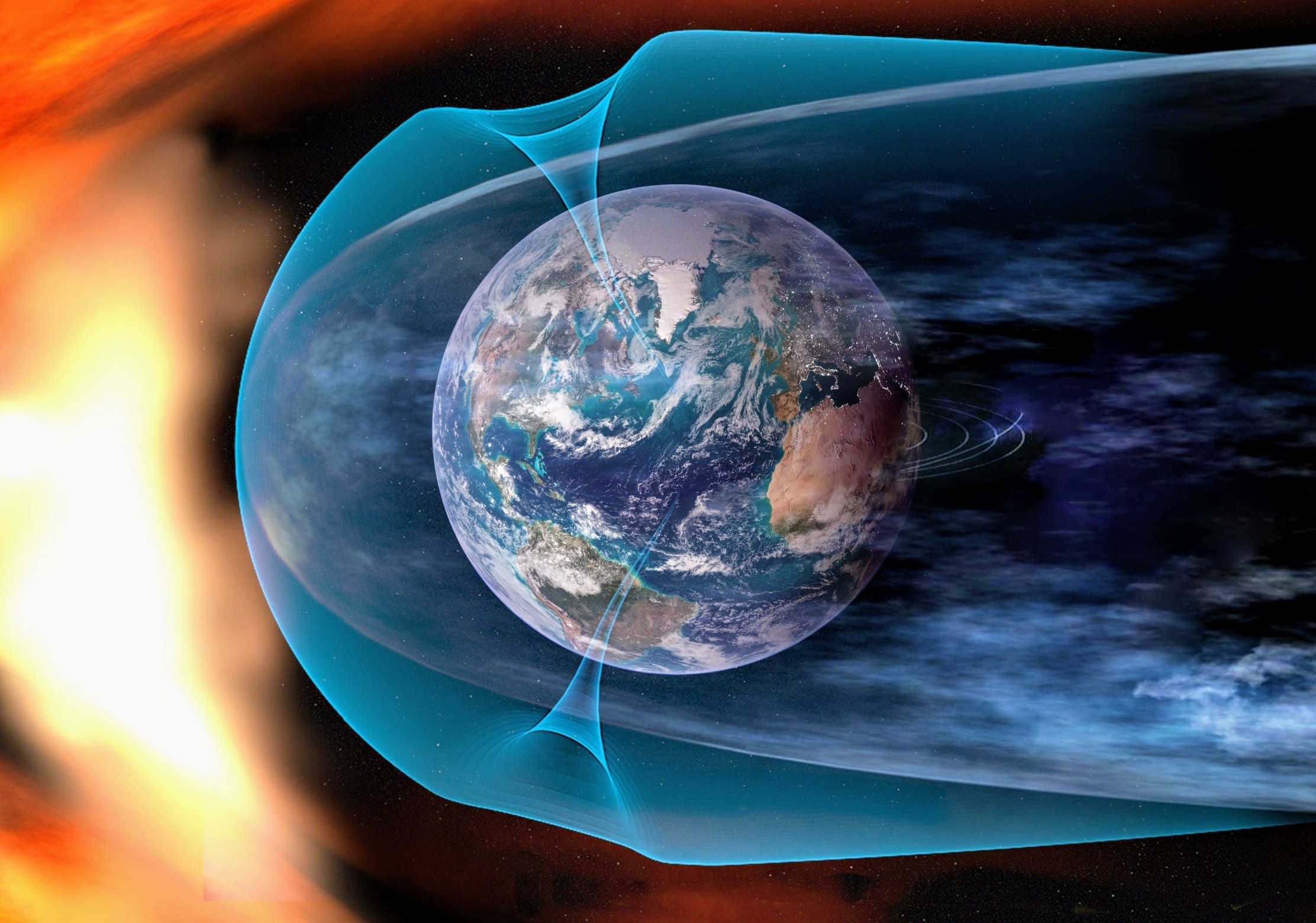Scientists Discover 'White Hydrogen' Deposits That Can Fuel Earth For 170,000 Years

In a groundbreaking discovery that could significantly reshape the global energy landscape, a team of international researchers has uncovered vast deposits of natural hydrogen, commonly referred to as "white hydrogen," buried deep beneath the Earth's continental crust. This remarkable find promises to provide a sustainable energy source capable of powering the planet for an astonishing 170,000 years without emitting any carbon dioxide, a breakthrough in the ongoing quest for clean energy alternatives.
The research, which involved collaboration among experts from prestigious institutions such as the University of Oxford, Durham University, and the University of Toronto, highlights the potential of white hydrogen as a game-changer in the fight against climate change. Unlike conventional hydrogen, which is typically produced from coal or natural gas through energy-intensive methods—processes that contribute to greenhouse gas emissions—white hydrogen occurs naturally and can be extracted cleanly, resulting in only water as a by-product when burned.
Researchers have described this form of hydrogen as one of the cleanest energy sources known to science, emphasizing that its discovery could usher in a new era of energy independence, free from the environmental costs associated with fossil fuels. Unlike conventional fossil fuels that accumulate in large underground reservoirs, white hydrogen forms slowly over millennia through complex chemical reactions between specific rock types and water.
To date, scientists have identified hydrogen seeps in Canada’s ancient geological region known as the Canadian Shield, an expansive formation characterized by some of the oldest rocks on Earth. These seeps, where hydrogen gradually escapes from subterranean layers, indicate that such natural reserves may not be isolated occurrences but could, in fact, be widespread across various parts of the globe.
There is burgeoning optimism among the scientific community that similar geological processes generating white hydrogen are taking place worldwide, from the arid landscapes of Africa to the vast expanses of Australia. However, tapping into this hidden energy source isn't as straightforward as drilling for oil. Traditional fossil fuel extraction techniques do not suffice; thus, researchers are focusing on pioneering new technologies designed to map, track, and delicately harvest hydrogen from its subterranean locations, much like the methods used for helium extraction.
To support this endeavor, scientists are developing advanced precision instruments and geophysical models aimed at determining where hydrogen forms, how it navigates through rock layers, and critically, where it accumulates in extractable quantities. In this intricate process, researchers have stumbled upon a surprisingly challenging obstacle: hydrogen-consuming bacteria. These microbes thrive on the gas, potentially depleting the reserves before they can be utilized. Therefore, pinpointing hydrogen pockets where these bacteria are minimal or absent has become a crucial aspect of the ongoing research.
In a significant step towards transitioning from laboratory discovery to practical application, the research team has established a new company, Snowfox Discovery Ltd. This company will be dedicated to commercializing the extraction of white hydrogen. Utilizing advanced satellite imaging and comprehensive geological surveys, Snowfox aims to identify promising sites rich in hydrogen for future extraction, marking a pivotal move toward harnessing this innovative energy resource.
As nations worldwide rush to meet their net-zero emissions targets and reduce dependence on volatile fossil fuel markets, the implications of this natural hydrogen discovery could be transformative. With global hydrogen demand anticipated to increase sixfold by 2050, this underground treasure not only offers a clean energy solution but also a sustainable one, setting the stage for a greener future.
Originally published on May 19, 2025, at 16:08 IST.




























